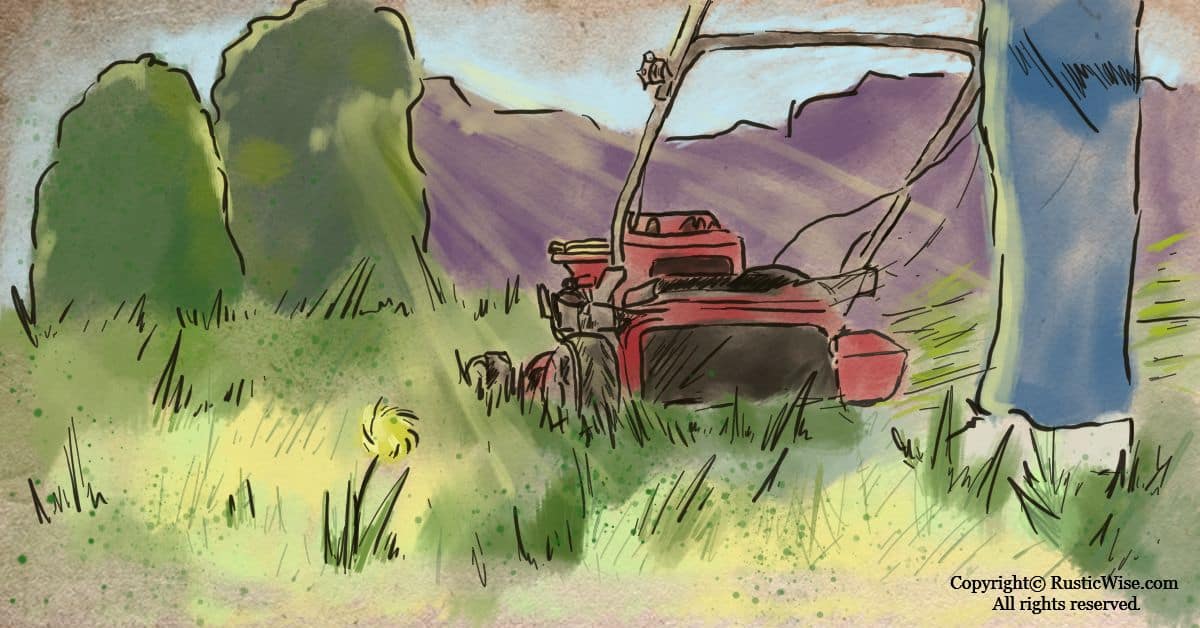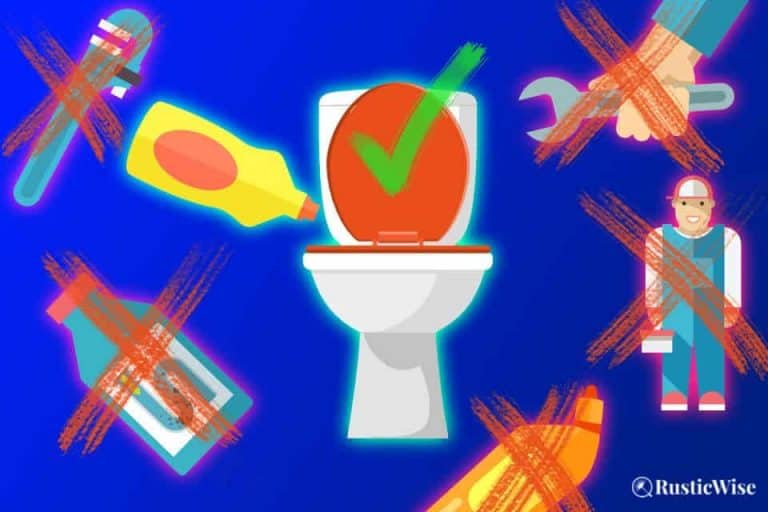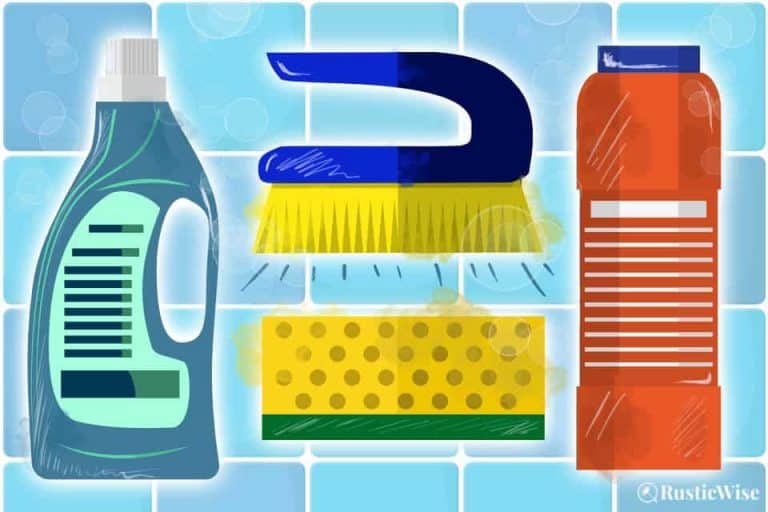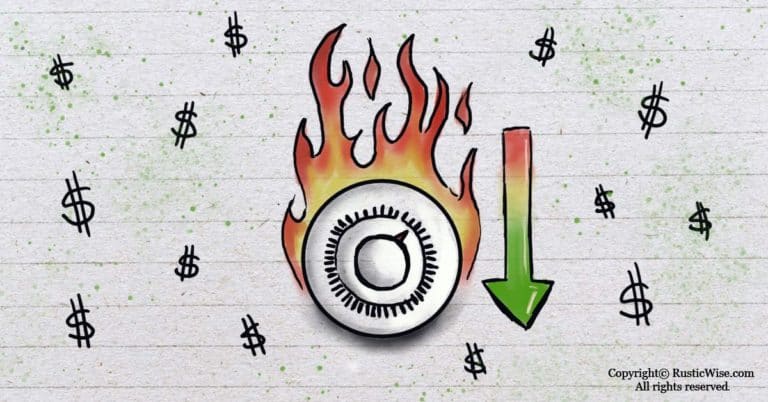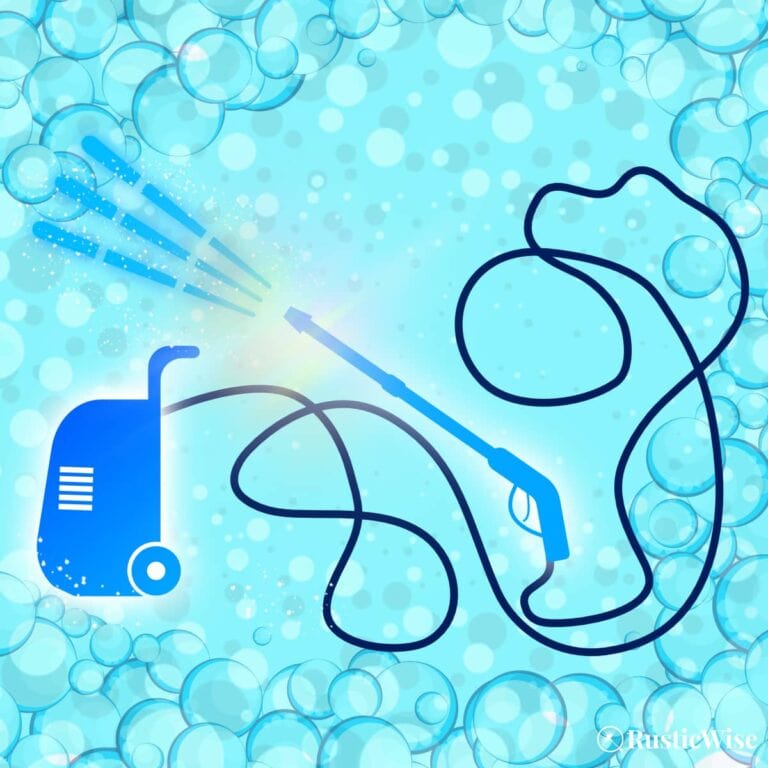Should You Bag Your Grass: The Case for Leaving Grass Clippings on Your Lawn
It’s an ongoing debate amongst lawncare enthusiasts: should you bag your grass, or leave it on your lawn? The short and simple answer is no, you should not bag your grass. Not only is bagging grass clippings more work, it also takes up precious room in landfills. Besides, leaving grass clippings where they fall results in a healthy lawn.
Let’s explore this topic further. We’ll look into the few instances when you should bag your grass, as well as what to do with grass clippings, mulching vs. side-discharge, and debunking the myth that clippings create more thatch.
What exactly is bagging grass, anyway?
Just so we’re all on the same page, bagging grass refers to placing grass clippings into a garbage bag and getting it hauled away to a landfill. Many people prefer to bag clippings for the sake of having a more pristine lawn.
However, this method places a strain on the environment—up to 20 percent of waste materials in landfills are categorized as “yard waste.” This refers to grass clippings, leaves, etc. These natural waste materials could be composted, or with the case of grass clippings, left as-is.
If you consider the resources required to haul garbage to the dump (the gas required to power garbage trucks, the people-power to do this work, and the space it takes up at the landfill), it all seems a bit wasteful for a simple bag of lawn clippings.
Besides, you’ll save yourself a few garbage bags each month by not bagging grass.
When should you bag your grass?
While the general guideline is that bagging your lawn clippings is unnecessary, there are a few instances when you really should bag your grass:
- If your lawn has diseases: Sometimes lawns develop fungal diseases from too much moisture. If you have any type of lawn disease, it’s best to bag your clippings to be on the safe side.
- If you have excessive weeds: While regular mowing generally keeps the level of weeds to a minimum, it becomes an issue if you have lots of weeds, especially self-seeding weeds. So, if you have only a few weeds here and there, you should first try to remove them by hand. If you mow and go bagless with your grass clippings it shouldn’t be a problem. However, you should bag if you have an excessive amount of weeds—you be the judge.
- If your grass is very long: If you’ve waited too long between mowing, you might be better off bagging your grass until it gets to a more manageable height. Leaving excessively long grass clippings on your lawn can damage it. Grass height that’s more than 5-6 inches (12.7-15.2 centimeters) should be bagged.
Reasons why you should NOT bag your grass
Grass clippings are full of natural components that contribute to a lush lawn. Here are reasons why you should leave grass clippings in place:
- A good natural fertilizer: Grass clippings contain phosphorous, nitrogen, and potassium. These are all great nutrients found in store-bought fertilizers. Going bagless and leaving grass clippings on your lawn provides up to 25 percent of your lawn’s fertilizer needs.
- Contributes to a lush, healthy lawn with fewer weeds: As mentioned, grass clippings contain nitrogen, an important component that contributes to a nice, green lawn. Clippings also break down quickly as they are made of 80-85 percent water. This keeps your lawn’s water levels healthy. When your grass is healthy, it reduces the chance of weeds growing.
- Saves time and money: By using fewer garbage bags and less store-bought fertilizers, you’ll be saving money every month. Not having to bag grass clippings saves you time and effort.
- Smaller environmental footprint: By cutting down on the amount of garbage bags we haul to the curb every week, we’re all doing our small part in keeping the earth greener.
Mulching vs. side-discharge mowers
When you choose to not bag your grass, there are two main options to choose from when dealing with lawn clippings:
- Mulching
- Side-discharge
Mulching involves cutting the lawn clippings into smaller pieces which break down quickly and are less noticeable. You can buy a mulching attachment to fit your existing lawnmower, or invest in a new mulching mower. The great thing about mulching is you can just mow and leave the grass clippings where they fall.
Tip: For best mulching results, remember the rule of one-thirds: mow no more than one-third of the height of grass each time you mow. This ensures the grass clippings left behind are not too much for the lawn. Mowing too much off at once is called “scalping” which damages the lawn and makes it less resistant to weeds and pests.
A mower with a side-discharge outlet doesn’t cut the grass into smaller pieces. It just projects cut grass out the side and leaves them as is. This isn’t necessarily a bad thing as long as the grass clippings are reasonably short. You may need to spread them more evenly across your lawn after mowing.
Tip: To cut down on work with a side-discharge mower, discharge the lawn clippings to the side of yard that’s unmowed. Once you mow that area, the grass clippings will break down into smaller pieces.
Do grass clippings create more thatch?

No, they don’t. It’s a common myth that grass clippings contribute to increased thatch. It’s easy to confuse thatch with decomposed grass clippings as they look similar.
Thatch is a layer of decomposed roots and stems that occurs naturally between soil and grass blades.
Problems with excessive thatch often have to do with soil pH or aeration issues.
How to properly leave grass clippings: lawncare best practices
If you’re a new convert to leaving your grass clippings where they fall, welcome to the club! There are a few best practices to follow when doing this such as:
- Make sure grass is dry: While it’s always good practice to mow grass when it’s dry, this is especially important when you leave mulched grass clippings on your lawn. Mowing when wet and leaving grass clippings could contribute to fungal diseases over time.
- Mow regularly to maintain proper grass height: Small grass clippings left on the lawn are wonderful; longer grass clippings, not so much. It’s important to keep mowing your lawn regularly (for most people once a week is good). Grass clippings should ideally be 1 inch or shorter.
Tip: For most types of grasses, the ideal length is between 2-3 inches (5.1-7.6 centimeters).
What to do with grass clippings
If you really don’t want to mulch or leave grass clippings on your lawn, you could compost them. However, don’t add grass clippings to your backyard compost bin that have been treated with chemical fertilizers, pesticides, or weed control solutions.

Author: Josh Tesolin
Josh is co-founder of RusticWise. When he’s not tinkering in the garden, or fixing something around the house, you can find him working on a vast array of random side projects.

